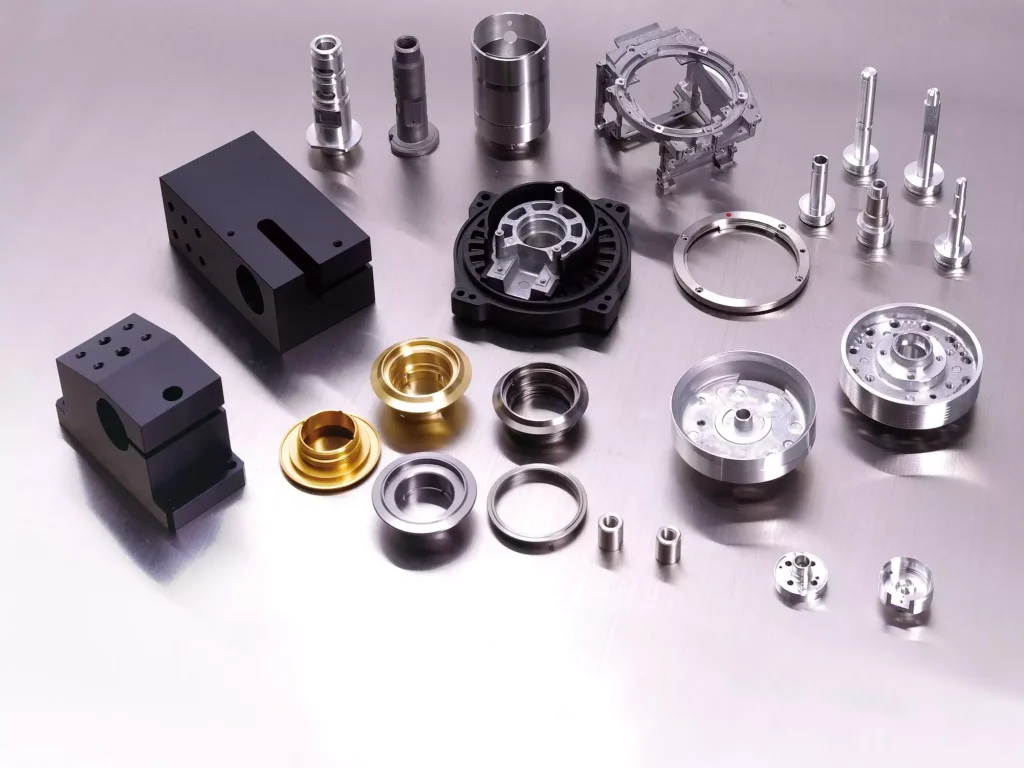Stainless Steel 3D Printing
Get instant online quotes on stainless steel 3D printed parts. Free shipping on all US orders. ISO 9001:2015, ISO 13485, and AS9100D certified.

Get instant online quotes on stainless steel 3D printed parts. Free shipping on all US orders. ISO 9001:2015, ISO 13485, and AS9100D certified.

3D printing stainless steel is commonly done using DMLS (direct metal laser sintering) technology which works by fusing individual layers of powder together with a laser until the part is complete. Stainless steel parts created with this method have the same density as cast versions of the metal—there are no porosity problems. Solution annealing is not required as parts come off the machine with the necessary properties.
Stainless steel 316L is a steel alloy that is well known for its exceptional chemical and environmental resistance. This makes it ideal for complex medical applications as well as consumer-grade products. SS316 is however not suitable for temperatures between 427°C and 816°C. Parts made using stainless steel 3D printing can be polished and machined. Typical applications include spectacle frames, turbine blades, and components exposed to corrosive chemicals.
DMLS Stainless Steel 316L Properties
| Tensile Strength, Yield (MPa) | Fatigue Strength (MPa) | Elongation at Break (%) | Hardness (Brinell) | Density (g/cm^3) |
|---|---|---|---|---|
| 640 ± 50 | 530 ± 60 | 40 ± 15 | 88 | 8 |
Stainless steel 17-4 is precipitation-hardened stainless steel with good corrosion resistance and high strength (much higher than that of stainless steel 316L). Further heat treatment can increase the material strength to over 1300 MPa. This material is used in parts that need significant strength but must avoid carbon steel’s propensity for rusting. Surgical instruments are the most common items made from this material.
DMLS Stainless Steel 17-4 Properties
| Tensile Strength, Yield (MPa) | Fatigue Strength (MPa) | Elongation at Break (%) | Hardness (Brinell) | Density (g/cm^3) |
|---|---|---|---|---|
| 886 ± 70.4 | 861.6 ± 76.7 | 19.8 ± 1.2 | 248 | 7.8 |
